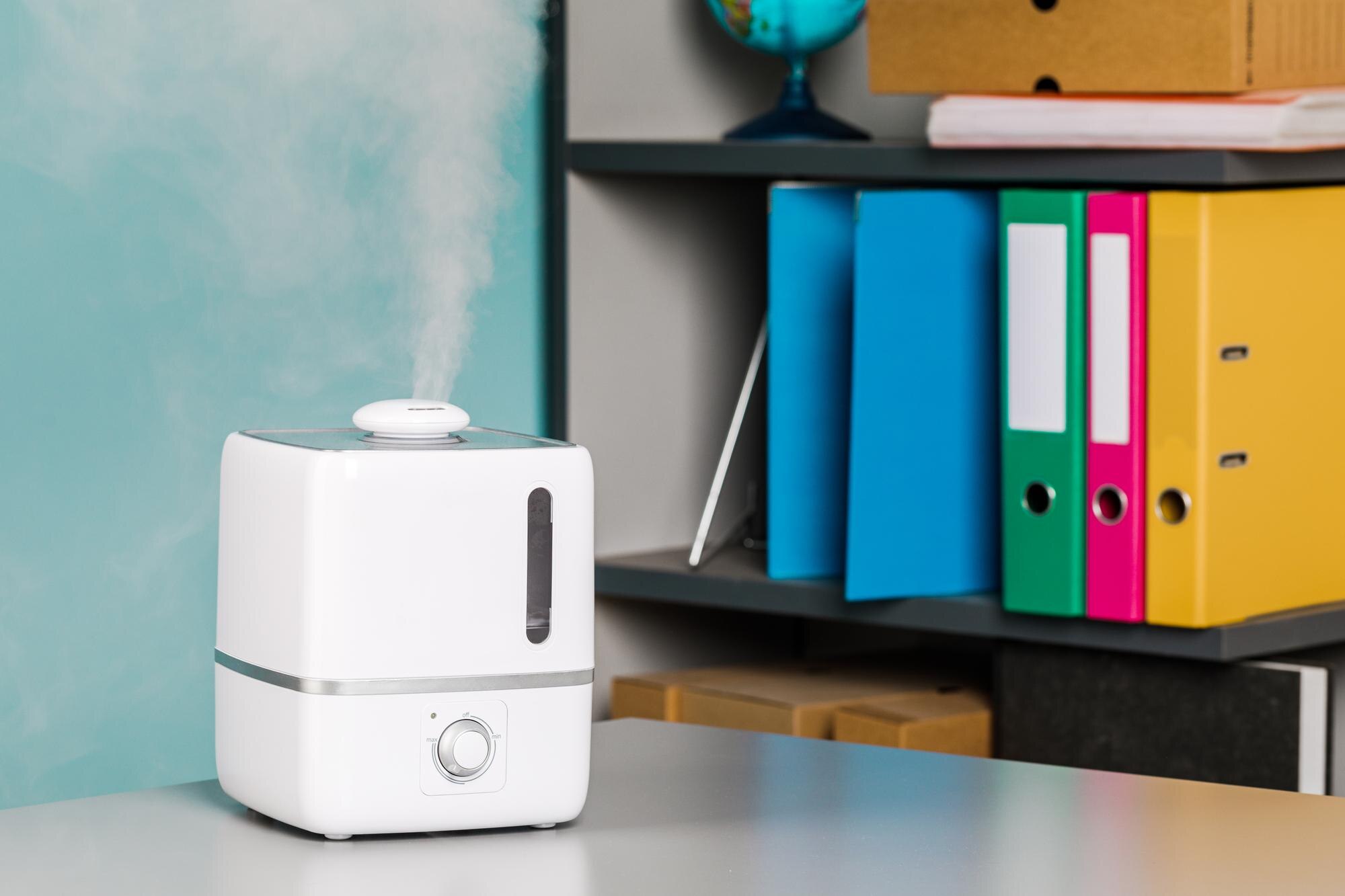Creating Healthier Workspaces: The Power of Humidity Management
Most offices overlook one key factor that can make or break workplace comfort: humidity management. When humidity slips out of balance, office air quality suffers, leading to tired employees and a less healthy environment. You’ll learn simple steps involving humidifiers and dehumidifiers to keep your workspace comfortable and boost well-being for everyone inside. Explore more here.
Importance of Humidity Management

Humidity management can transform your office environment. Proper control not only enhances comfort but also boosts overall air quality in your workspace.
Enhancing Workplace Comfort
Imagine sitting at your desk, feeling a refreshing breeze instead of stale, dry air. This is the magic of managing humidity. When the air is too dry, it zaps your energy and even your skin feels the brunt. On the other hand, too much moisture makes the air heavy, impacting your focus. Ideal humidity levels, between 30% and 50%, offer a sweet spot that keeps your team comfortable all day.
Think about how much time your team spends at their desks. Comfortable air means happier, more productive employees. When everyone feels good, work gets done faster and better.
Improving Office Air Quality
Air quality can make or break an office atmosphere. Poor air means more sick days and less productivity. Balanced humidity reduces allergens and respiratory irritants, making breathing easier for everyone.
Bad air also affects office equipment—moisture can cause damage to computers and documents. Good humidity control protects your tech investments too. And remember, when your team feels healthier, they work smarter, not harder.
Choosing the Right Equipment

Selecting the right tools for humidity control is crucial. From humidifiers to dehumidifiers, each device has a role in maintaining your office’s air balance.
Benefits of Humidifiers
Humidifiers are the heroes when air is too dry. They keep the air moist, preventing issues like dry skin and sore throats. During winter, they combat dryness caused by heating systems.
In a busy office, a humidifier can prevent the spread of germs, too. Moist air helps keep nasal passages moist, reducing the risk of colds and flus. Plus, it helps maintain wooden furniture and fixtures, protecting them from cracking or warping.
When to Use Dehumidifiers
Dehumidifiers step in when things get too sticky. High humidity can breed mold and mildew, which wreak havoc on health and property. A dehumidifier pulls excess moisture from the air, making it more comfortable to breathe.
These devices are particularly useful in summer months or in rainy climates. They help protect your office’s infrastructure and keep your team feeling fresh and alert, reducing the sluggishness that can come with too much humidity.
Practical Tips for Office Managers

Ready to take control of your office air? Here are some actionable steps to get started.
Monitoring Humidity Levels
Start by checking the humidity in your office using a hygrometer. These devices are easy to use and give you a clear picture of your current air quality. Aim for a range between 30% and 50%.
Once you know your levels, you can decide on the right equipment. Regular checks help you stay ahead, avoiding surprises that could disrupt your team’s day.
Maintenance and Care for Devices
Keeping your devices in top shape ensures they perform well. Regular cleaning and maintenance prevent mold and bacteria buildup. Always follow manufacturer’s instructions for the best results.
Switch out filters as needed and check for any signs of wear or leaks. A little care goes a long way in extending the life of your humidifiers and dehumidifiers. Remember, a well-maintained device keeps the whole office happier and healthier.
🌿
Boosting workplace comfort and air quality through effective humidity management is a simple yet impactful way to enhance your office environment. By choosing the right equipment and maintaining it properly, you can create a healthier, more productive workspace for everyone.




